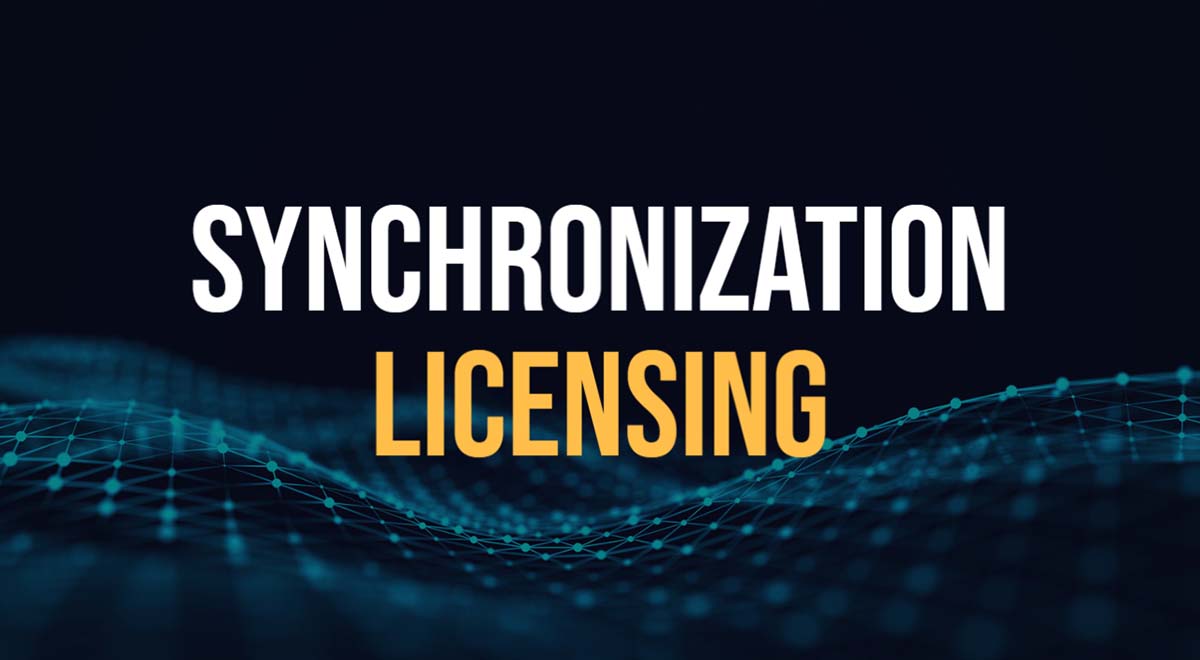

In this post we will explain the basics of synchronization licensing: what it is, how much sync licenses cost, and how you can license music for YouTube videos, podcasts, and other media projects.
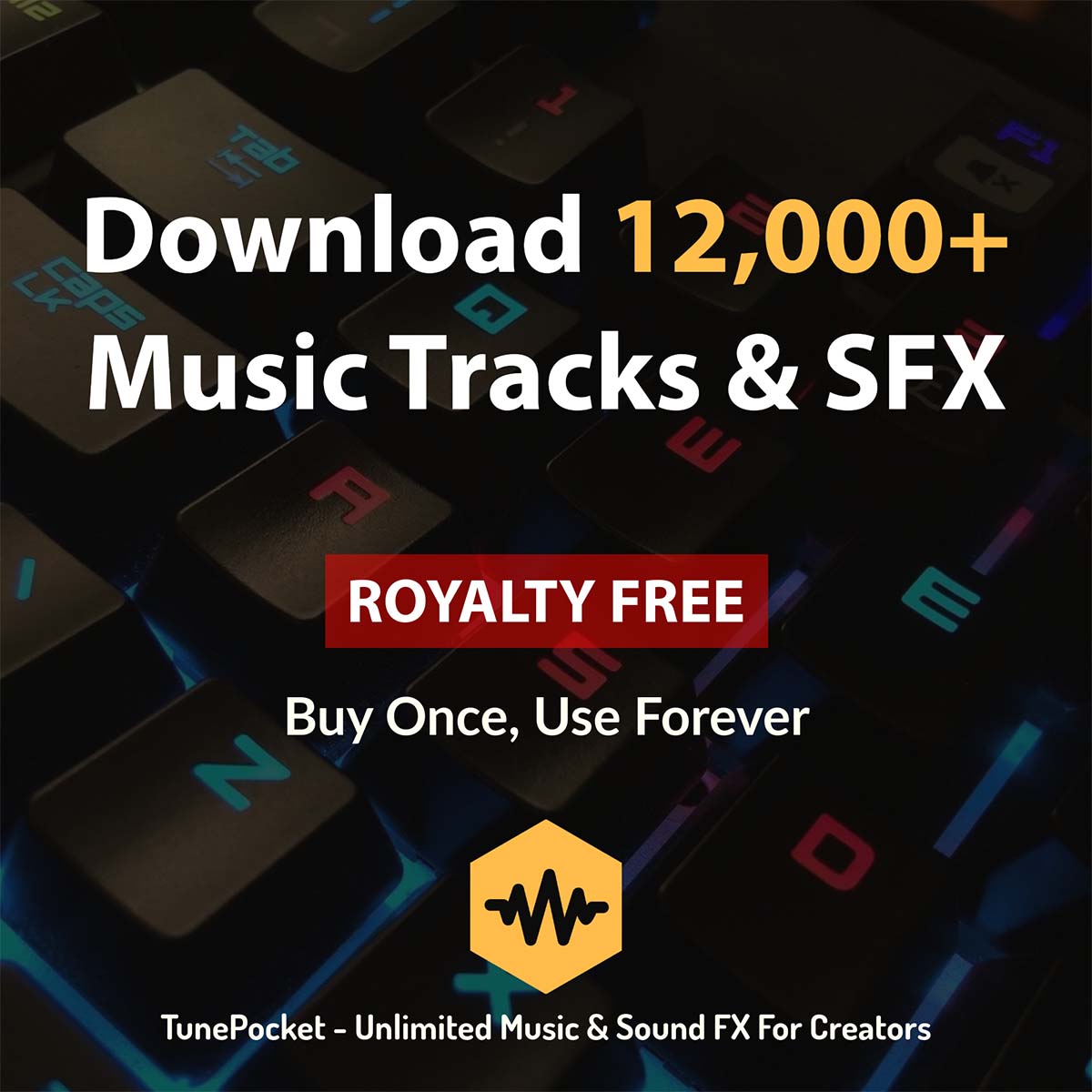
If you think you can simply download a popular song from iTunes and use it freely in your video, that’s not the case.
In order to legally use a copyrighted song, you must obtain a license from all rights owners of that song.
Typically, these are:
a) The publisher – controls the song (the actual melody and the lyrics is any).
b) The record label – controls the master recording (the actual recording of the song).
Sync (synchronization) music license grants you the right to use the song (to sync the music) to a certain kind of visual media output, such as a video, film, TV show, advertisement, and so on.
Sync licenses are typically administered by the song publisher.
Unless you’re getting the license from a music library that has already negotiated the licenses with the composers and pre-cleared the music for your intended use, you will have to identify and contact the song publisher.
This can be a publishing company or a person (for the composers who self-publish their work).
Don’t forget that you also need to secure the master license from the recording label before you actually can use the music in your video.
Getting sync license for a popular song can be expensive.
Unfortunately, there is no common, predefined process. Unless you’re getting the license from a music library, you need to negotiate the terms.
a) How famous is the artist and how popular is the song.
b) How you intend to use the music. Keep in mind that the publisher is no under any obligation to sell you the license and the artists may object to how you plan on using their music. Think political campaigns, for example.
c) Do you want to use the whole song or just a small portion?
d) For how long you want to use the music.
e) Do you need it for a local production or worldwide?
There may be more factors but the above covers some typical sync license negotiation points.
So, how much can the license cost?
Deborah Mannis-Gardner, the owner of DMG Clearances to says that the publishing fees usually fall in the $1,500-$2,500 range, and the master fees can be anywhere from $1,500 to $10,000.
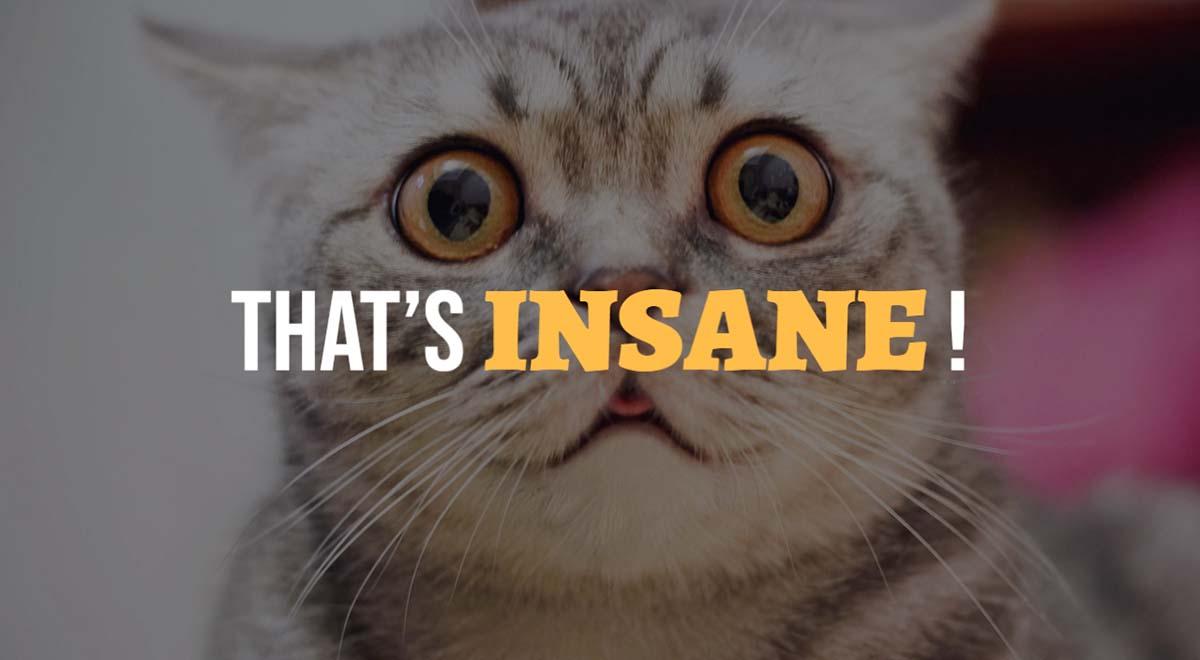
If you simply need a song for a YouTube video paying thousands of dollars is insane!
Typically, a sync license is negotiated for a specific project. This isn’t a blanked license that covers any and all of your videos or films.
Sync licenses are usually sold as “needle drop” licenses.
A needle drop license is a specific type of sync license that allows the use of a particular song or composition in a single scene or segment of a film or a video.
The fee for a needle drop license is typically based on the number of times the music appears in the project.
Yes, if you want to use music in your YouTube videos, you may need to obtain a sync license from the copyright owner of the music.
However, you may be able to use copyrighted music on YouTube without a license if you agree to have your video monetized by the copyright owner.
That is, YouTube won’t mute or remove your video will but place the ads to compensate the music owners. Please note this may not work for all music.
Clearly, paying thousands of dollars just to be able to use a short music clip in your video is hardly reasonable for any creator.
Similarly, having your videos monetized by someone else won’t be a good solution if you plan on making money on YouTube.
If you have zero budget consider using public domain or creative commons music.
However, even if the composition itself is in public domain (and hence does not require the sync license), the recordings of that composition may be still under the copyright.
With creative commons music you may be required to give credit or may be restricted to only be able to use the music non-commercially.
You still have to do the research as many artists do not own 100% of their publishing rights.
If you have a bit of budget getting music from a music library can be the best option.
Some of the advantages of using professional music libraries include:
a) Ample selection of modern sounding music in various genres.
b) All music is cleared for video and media use, no need to negotiate your licenses with multiple parties. You get all-in-one master sync license.
c) Proof of licensing and copyright support.
d) Much more affordable compared to getting a sync license from the publisher.
Too good to be true?
Music libraries rely on independent music producers to create their music.
While their music is excellent and sounds modern and relevant, you won’t find any top 40 songs there.
Many music libraries, large and small, offer affordable music for videos and podcasts priced specifically for small time creators.
A quick Web search will give you plenty of music libraries to choose from.
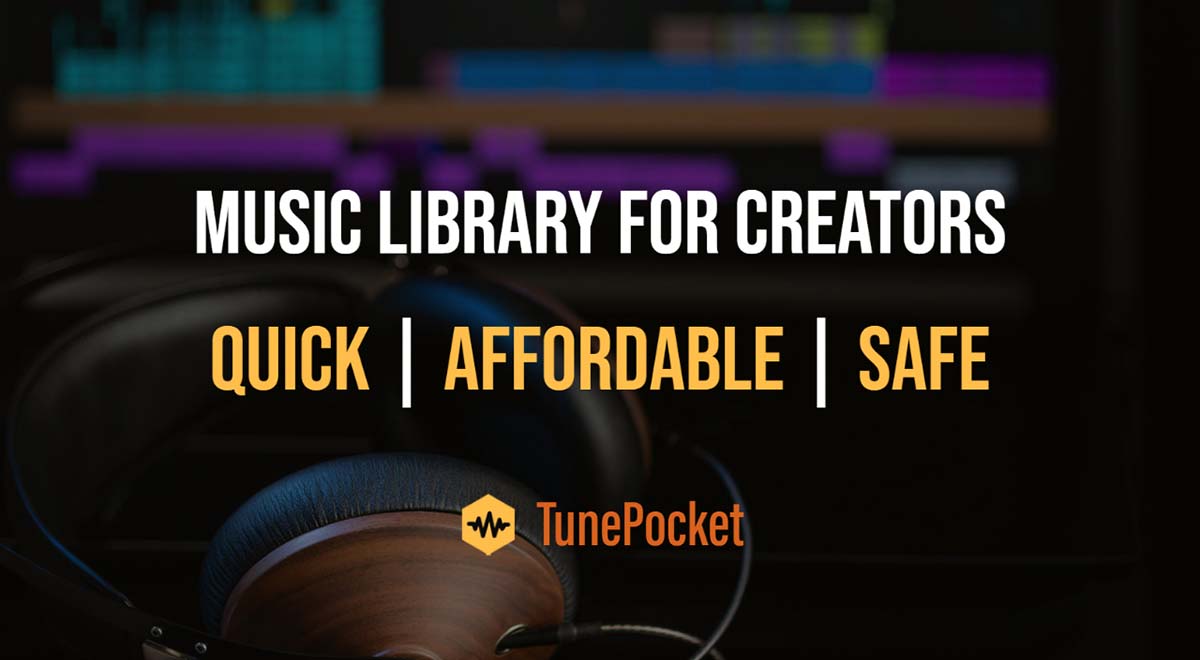
Don’t want the hassle of going through the sync licensing process?
TunePocket royalty free music subscription gives you unlimited access to thousands of music tracks, loops, intros, and sound effects.
This post explained what steps you need to follow to get a sync license, how much sycn licenses cost, and looked and various alternatives.
Unlimited download | Lifetime license | Commercial use



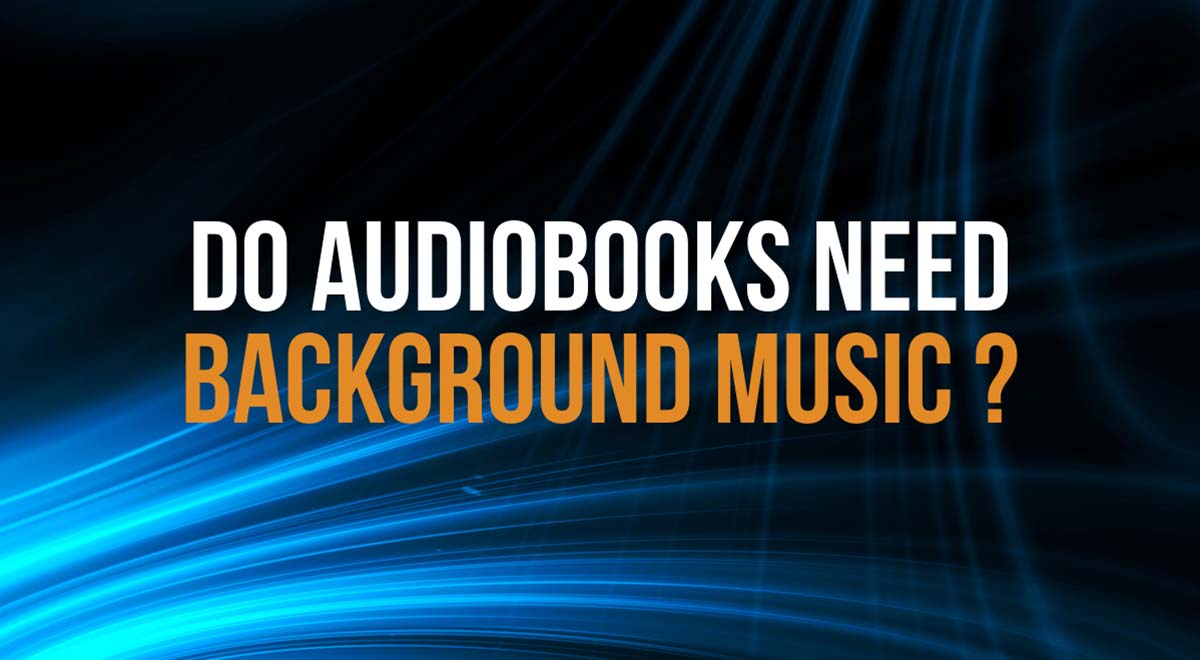
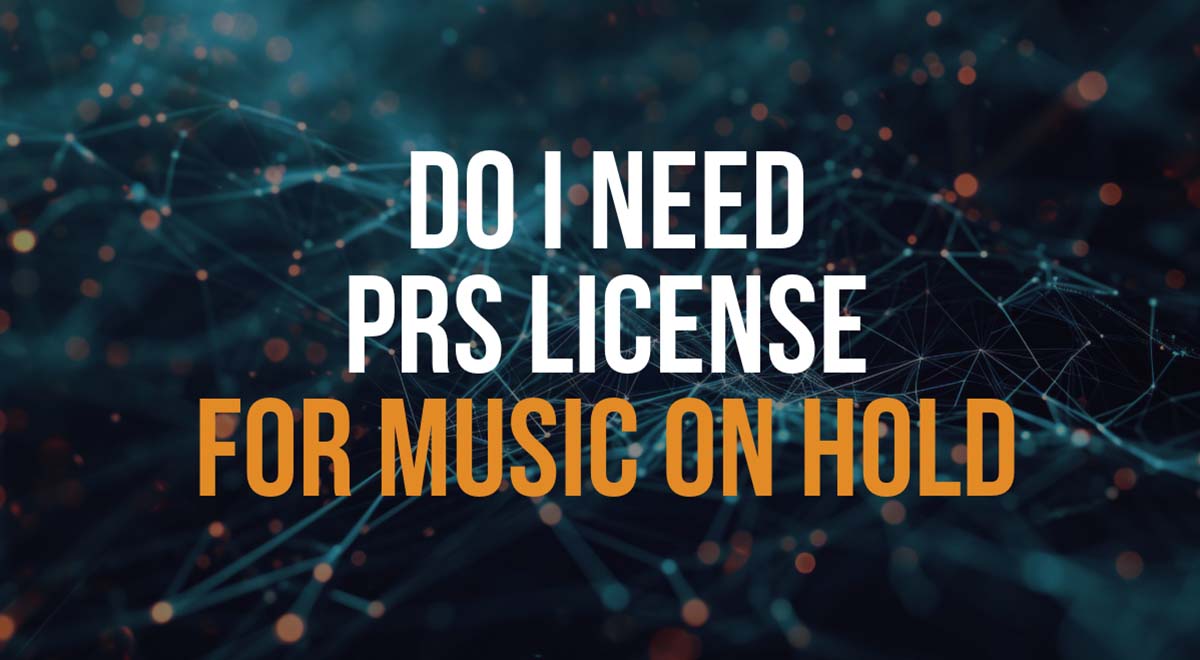
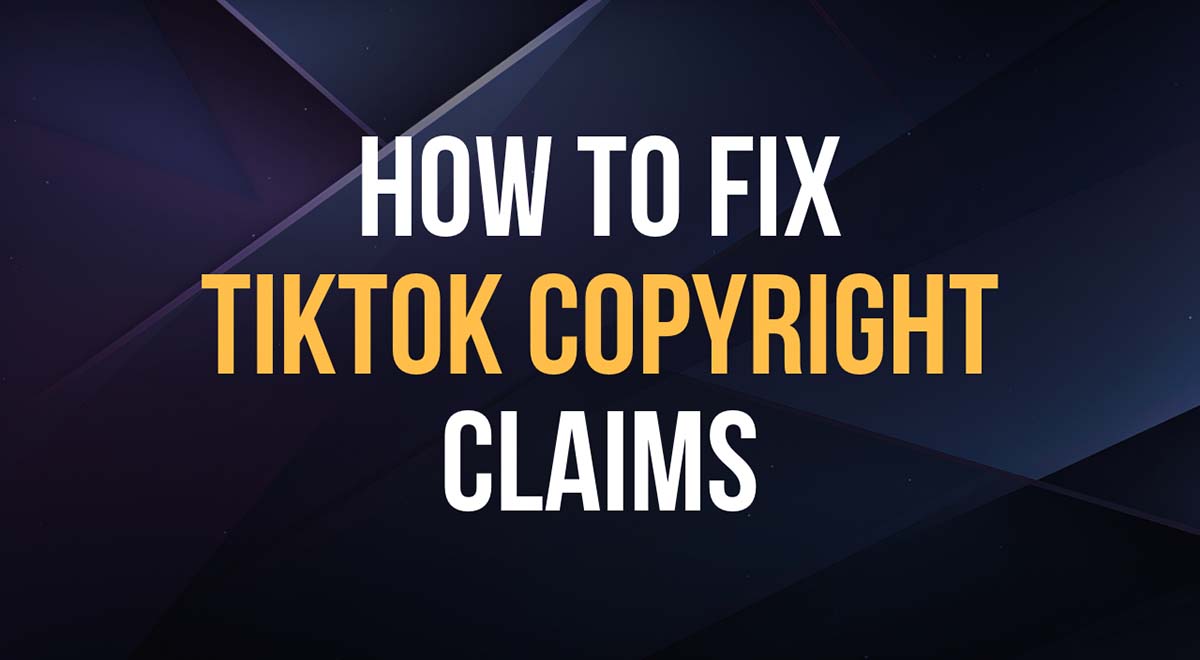
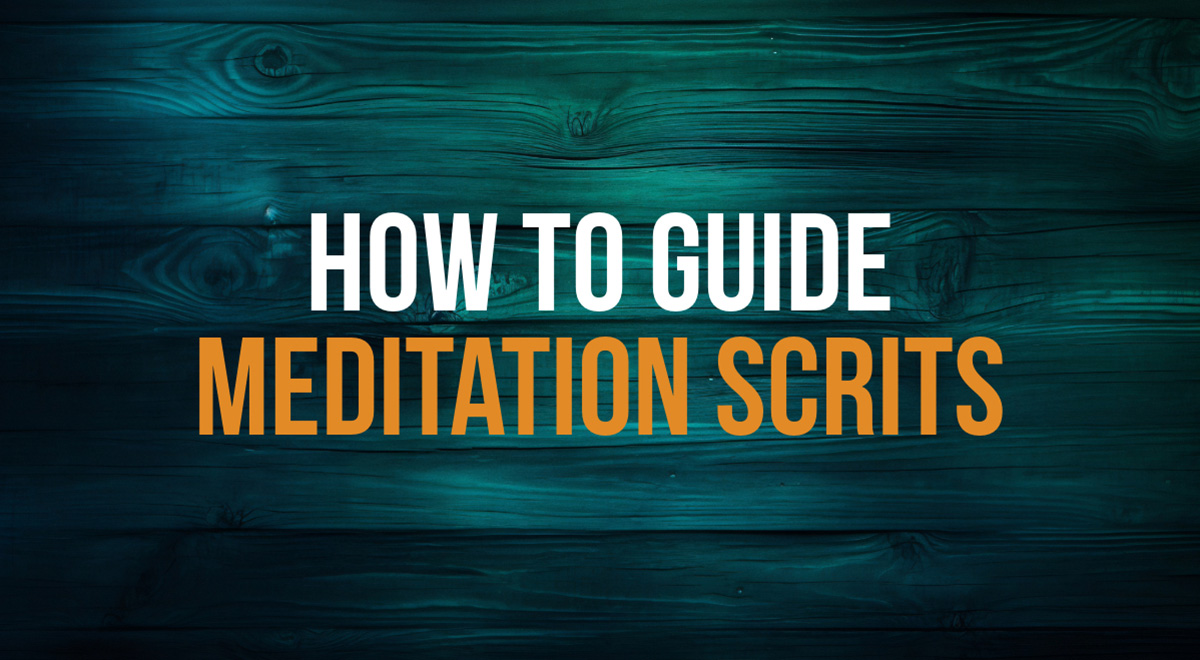

Typically, in order to obtain a sync license you need to contact the copyright owner / publisher, negotiate the terms of the license, and pay the required fees. Once the license is obtained, you can use the music in your project according to the terms of the agreement.
Mbit on March 29, 2023 Do I need sync license for classical music? Support on April 1, 2023If a classical composition is in the public domain (that is, the copyright has expired), you will not need a sync license to use it in a visual media project. However, you still need to make sure that you have permission (or license) to use the specific recording or performance of that composition. Even though a composition is in the public domain, it doesn’t mean that all recordings of that composition are also in the public domain. For example, a recording of a Beethoven symphony may still be protected by copyright, even though the composition itself is in the public domain.
Rob M on March 24, 2023Does a sync license cover everything if I want to use a song in a video or film? Do I need some other licenses in addition to sync license?
Support on March 27, 2023Strictly speaking, no, sync license does not cover everything. A sync license covers the right to synchronize a specific song or composition (but not the recording of that composition) with a visual media project, such as a film or video. So, in addition to the sync license, you may need other licenses such as a master use license if you want to use a specific sound recording of the song, or a public performance license if you plan to broadcast or publicly perform the project. Music libraries like TunePocket make this process easier, offering music with pre-cleared Master-Sync licenses, as well as providing music that is not affiliated with a PRO (performance rights organization), so there is no need for the performance license.
Alex Mo on March 18, 2023That’s a long article.. so in two words, what exactly is sync licensing? Is there a short definition??
Support on March 20, 2023Sure! Sync licensing is the process of obtaining permission to use music in a video, film, TV show, or other visual media.